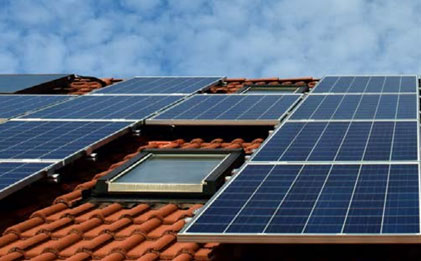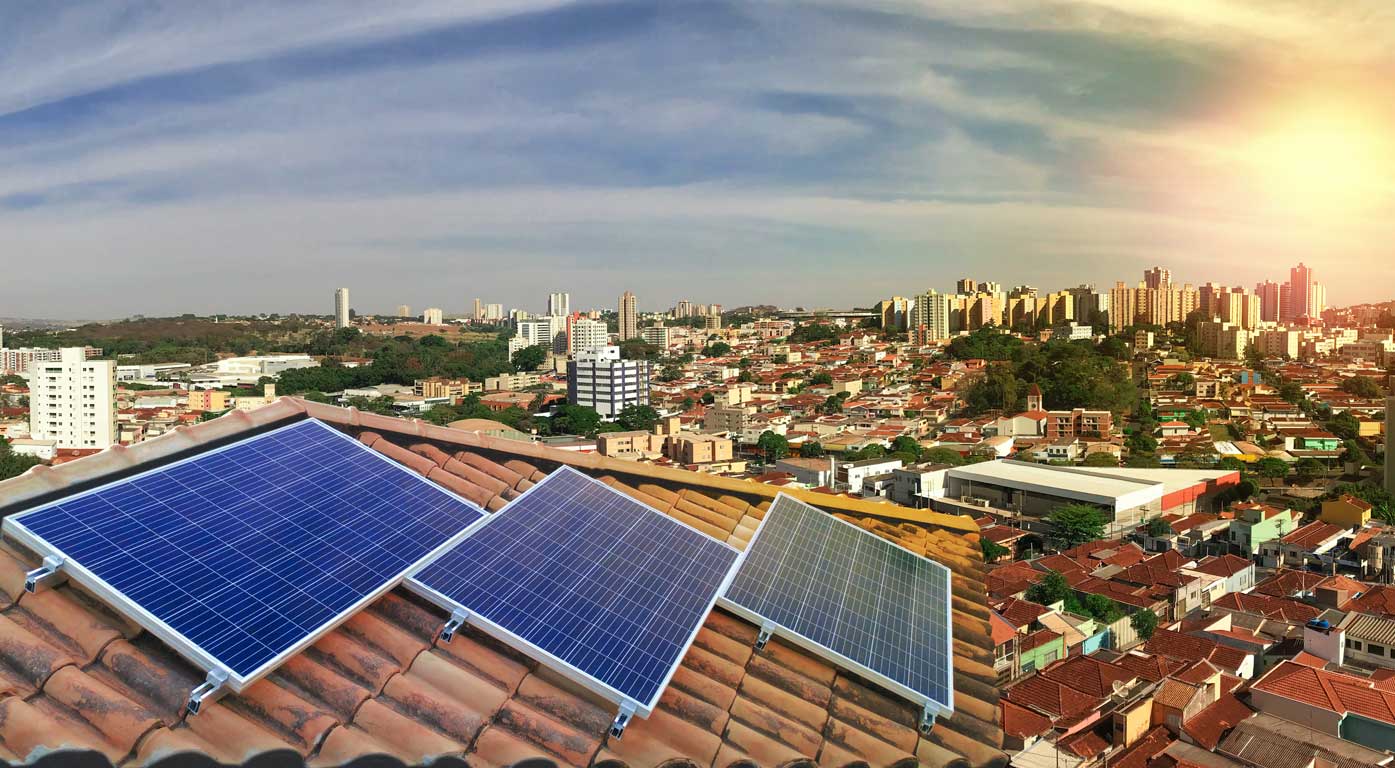Summary
The National Low-Voltage Feeder Taxonomy Study aims to produce the first national low-voltage network taxonomy that outlines the real-world characteristics of the distribution system.
Depicting how low voltage power flows through the system will help with the design and assessment of the technologies and systems that can maximise the hosting capacity of distributed energy resources (DER) across Australia. It will also enable users to test the value proposition of innovative technological solutions by highlighting how they contribute to the stability, reliability and performance of networks across Australia.
Key results
- The study developed a dataset and models which describe the most common types of low-voltage networks found in Australia.
- These models will enable users to test the value proposition of innovative technological solutions by highlighting how they contribute to the stability, reliability, and performance of networks across Australia.
- The project has also identified specific areas where the understanding of the challenges and opportunities associated with using data to improve DER integration and encourage greater overall utilisation of the network needs to be improved.
- The 23 identified representative network models plus associated workbooks can be downloaded as: ‘Low-Voltage Feeder Taxonomy Study – Data & models’ release hosted on the Australia’s National Energy Analytics Research (NEAR) Program website.
Learn more
How the project works
The CSIRO will work with Energy Networks Australia and distributed network service providers across Australia to collect data and information on the state of the low-voltage network. The CSIRO will coordinate the data and develop a standard representation of low-voltage network characteristics for Australia, and a distributed energy resources model. The project will result in the publication of the final low-voltage taxonomy power-flow models for use by the energy sector through the Energy Use Data Model (EUDM).
Area of innovation
The National Low-Voltage Feeder Taxonomy Study project identifies ways to reduce barriers to renewable energy uptake by providing the dataset and tools to move towards evidence-based hosting capacity limits. By providing rich low-voltage network data for free to the wider community, the project grows the capacity for industry, researchers and decision makers to explore the relationship between emerging distributed renewable energy technologies and the operation and performance of Australia’s electricity distribution system.
Benefit
This project will produce the first national low-voltage network taxonomy that clearly articulates the real-world characteristics of the distribution system in relation to the impact of higher levels of solar PV penetration. The grid stands to benefit from efficiently deployed demand response and distributed storage. It also provides the ability for industry to test how their distributed energy technologies interact with, improve and add value to Australia’s low voltage networks.








